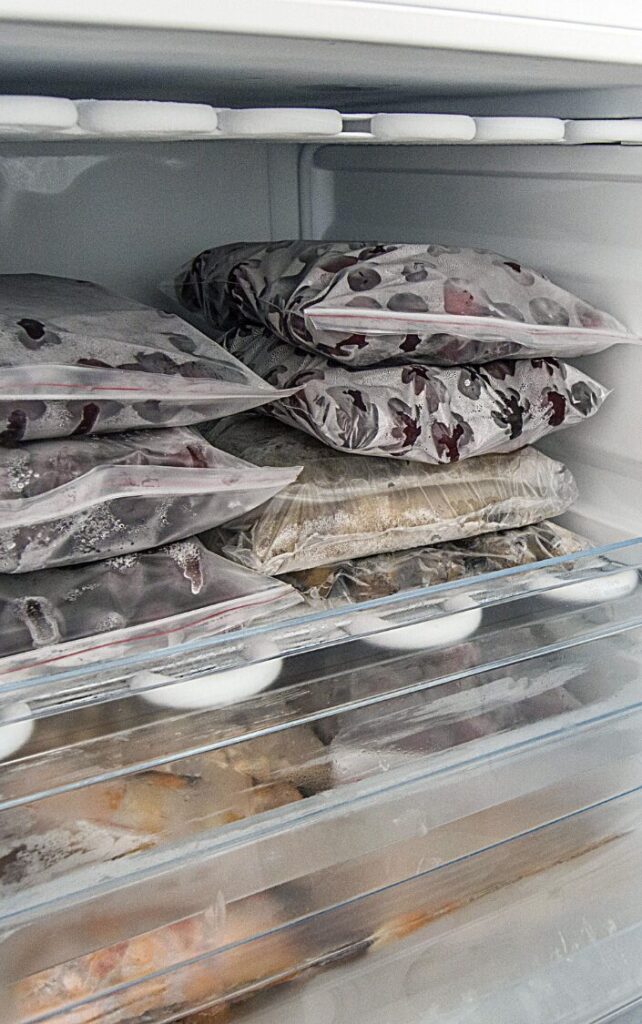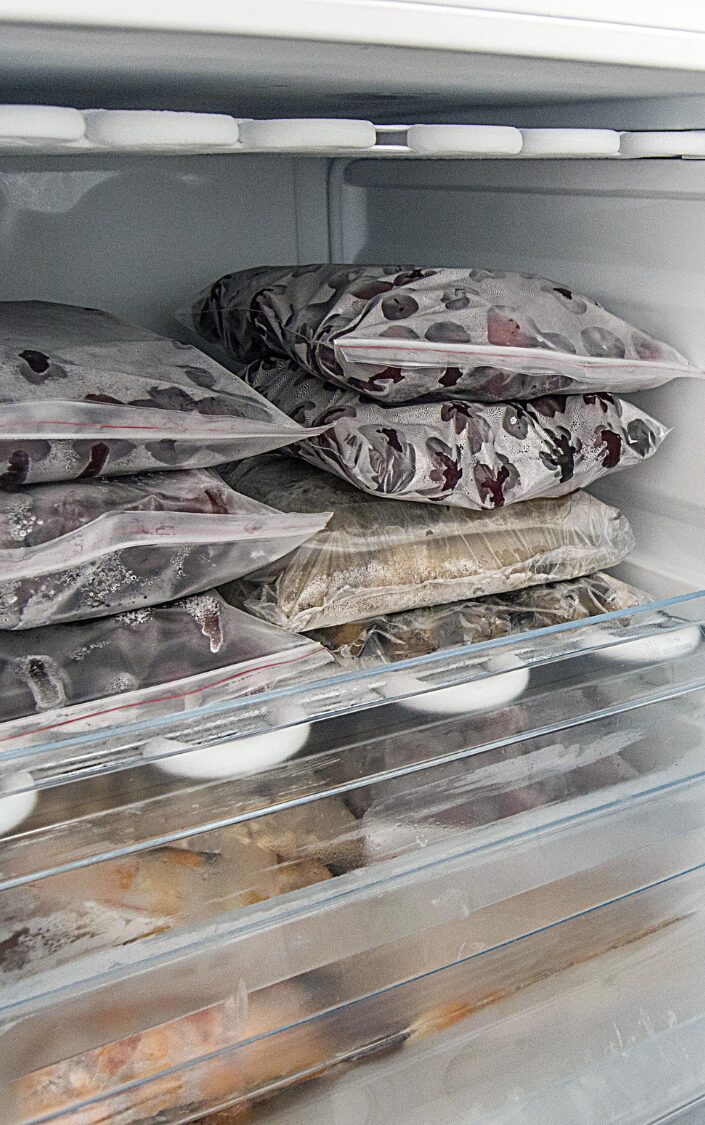
Explore freeze-drying
Spray drying is a fascinating method for preserving herbs and creating powders from plant materials. This process uses a combination of heat, air flow, and vacuum pressure to remove moisture from the herb, resulting in a lightweight, porous powder. Here’s what you need to know:
How does spray drying work?
- Freeze-drying: The first step in spray drying is freeze-drying, where the herb is frozen and then subjected to a vacuum that allows water molecules to sublimate (change directly from a solid to a gas).
- Spray drying: The frozen herb is then sprayed into a hot air chamber, where the moisture is removed through evaporation.
- Powder formation: As the moisture evaporates, the herb particles are left behind, forming a lightweight powder.
Benefits of spray drying:
- Long shelf life: Spray-dried herbs have a long shelf life due to their low moisture content, which prevents spoilage and degradation.
- Convenience: The powdered form is easy to store, transport, and use in recipes or as an ingredient.
- Easy reconstitution: The powder can be easily rehydrated with water or another liquid to restore its original properties.
Tips for spray drying:
- Choose the right herb: Some herbs are more suitable for spray drying than others. Look for herbs that are low in moisture and have a high fat content, like chamomile or calendula.
- Adjust temperature and air flow: Experiment with different temperatures and air flows to find the optimal conditions for spray drying.
- Monitor humidity levels: Keep the environment humid-free during spray drying to prevent rehydration of the powder.
Common issues with spray drying:
- Herb loss: If not enough moisture is removed, some of the herb’s active compounds might be lost during the process.
- Unstable flavor profiles: The powdered form can lose its original flavor and aroma if not stored properly.
Variations on spray drying:
- Vacuum-assisted spray drying: This method uses a vacuum to enhance the evaporation rate, resulting in a more efficient and effective powder production.
- Pulsed spray drying: This technique involves pulsing the herb into the hot air chamber at regular intervals to improve powder quality.
- Ultrasonic spray drying: This method uses ultrasonic waves to break down the herb particles and enhance the evaporation rate.
Powders created by spray drying:
- Herbal teas: Spray-dried herbs can be rehydrated with hot water to create flavorful teas.
- Supplements: The powder can be used as a dietary supplement, providing essential nutrients and active compounds from the herb.
- Food ingredients: Sprayed herbs can be used as flavorings or colorants in food products.
Herbs that work well for spray drying:
- Chamomile: Chamomile’s delicate flowers make it an excellent candidate for spray drying, resulting in a high-quality powder with calming properties.
- Calendula: Calendula’s bright orange petals can be sprayed to create a vibrant, color-stable powder for use in food and cosmetics.
- Ginger: Ginger’s spicy warmth and active compounds make it an excellent choice for spray drying, resulting in a flavorful powder for culinary applications.
By experimenting with spray drying, you can unlock the full potential of herbs and create powders that are lightweight, convenient, and versatile!

